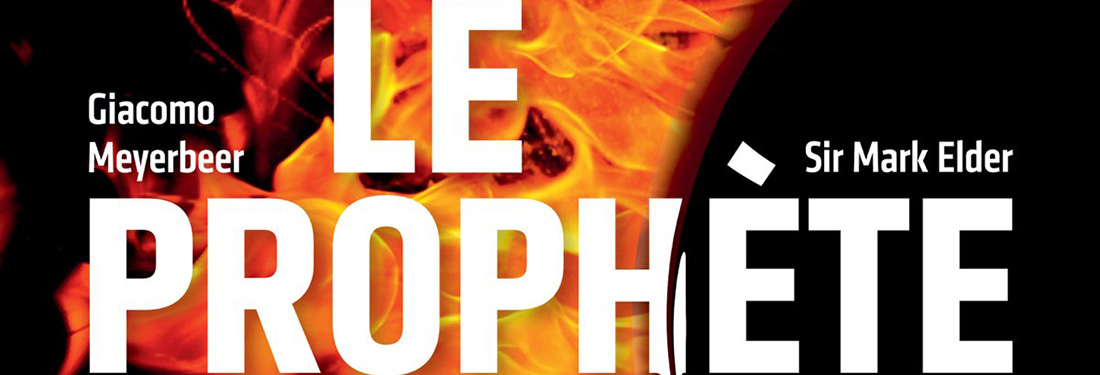
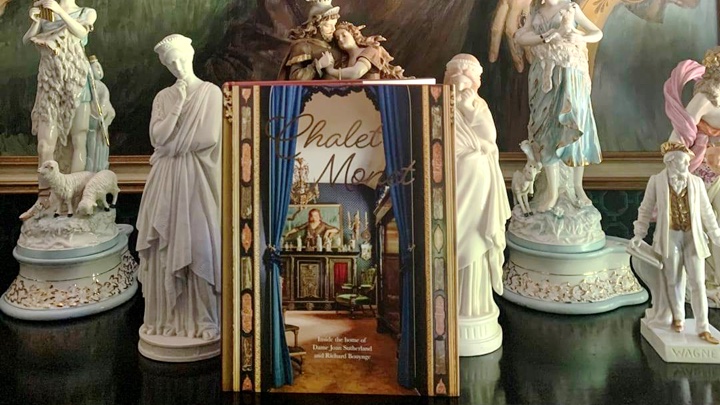
My next confession is that I’m a habitué of the Amazon Marketplace (even Ebay sometimes he said, covering his face in shame). When some glorious, and usually expensive, must-have appears on the “new release” horizon I invariably place it on my “wish list” and then stalk it like Don José in Act 4 of Carmen. Then when the price comes down I move in for the kill.
Eventually I secure a “very good” copy from one of the many secondary outlets at a significant savings. In my family we call it “shoplifting with a receipt.” After all, it’s pretty hard to break a CD or Blu-ray and the book sellers are usually very conscientious about “condition” (they also consistently, and lovingly I find, wrap their packages like they’re shipping for NASA which is something I always find touching).
So when I saw that Richard Bonynge AC CBE, conductor and musicologist supreme, had authored a book titled Chalet Monet about the home he shared with his wife, La Dame Joan Sutherland OM AC DBE, in Les Avants, Switzerland I practically had to wipe my chin. It also speaks to how expensive the initial sticker price was that I had to wait nearly two years to justify acquiring a copy.
I’ve always been fascinated with famous peoples’ homes. I was on a Caribbean cruise once that made port in Ocho Rios, Jamaica and there was an afternoon excursion offered to “Firefly,” Noel Coward’s home (and final resting place). I was so beside-myself-excited on the jitney from the ship I could barely sit still. I approached as unto a shrine and it did not disappoint my dears.
Every time you turned a corner you expected to see “The Master” lounging, cigarette in hand, chatting away. They had all his “things.” His dressing gowns (monogrammed of course), his linens (likewise), his two baby grand pianos in the living room, his china place settings, and framed photograph upon photograph of all the famous, and infamous, people who stayed there. The dress code in the swimming pool was “au naturale” except, of course, when the Queen Mum was there. It was like a trip to gay Mecca.
Coincidentally it was through the Bonynges’ great friendship with Sir Noel that they ended up settling in the Les Avants. Visiting with him when they were on the market for a new place and buying the old house just up the hill from Coward’s home overlooking Lake Geneva.. Pictures show the shabby little shack that they renovated over the course of a year and then some to make it into the Le Grand Chalet Monet it is today. Although the house itself is lovely, once again, it’s the “things” inside of it that make it, and this book, fascinating.
Being an opera fan almost unfailingly turns you into some sort of musical librarian in your real life. What with the recordings, books, programs, and assorted remembrances of the life of an opera goer. I have far more than my fair share at this point and sometimes get concerned about the sheer number of books and recordings piling about.
Having now had a glimpse inside Bonynge’s musical man cave I can assure you that his episode of Hoarders will be filmed far earlier than mine. The big differential is the quality of the object that he’s been hoarding. Most of which are extraordinarily rare, museum quality, and beautiful in their own unique ways.
Maestro Bonynge makes a joke early on in the text about not understanding why he bothers with wallpaper since he ends up covering all the available space with paintings. He jokes at one point that it would take him a day to straighten all of the paintings on the walls so he, mostly, leaves them as they are. He’s been collecting for so long and there are some incredible pieces.
There’s the painting of Guilia Grisi, Bellini’s first Elvira in Puritani and Donizetti’s first Norina in Don Pasquale that he found in an old South Kensington junk shop for £1. It cleaned up nicely. Staffordshire figures of Maria Malibran and Jenny Lind in their most celebrated roles have their pride of place on their own end tables.
Gilded vases, urns, and cups with likenesses of everyone from the great French actress Rachel Félix (who I’d never even heard of until I picked up this book) to Henriette Sontag (the first Euryanthe in Weber’s opera and the first soprano soloist in Beethoven’s 9 and his Missa Solemnis). Plus a magnificent little statue of Maud Adams as Salome with gold embellished crown, bracelets, and breastplate (that I am currently coveting.) You forget that before the era of the phonograph and the photograph opera goers wanted souvenirs too.
Room by room he takes us through the house, they’re all themed, with its mountainous bric-a-brac. You’d think it would be overwhelming but everything has a story and you can hear his love for all of it in his descriptions.
Then, of course, there are all the mementos of Dame Joan’s career. Bronzes and busts and many portraits and costume designs painted by John Pascoe, Jose Varona, and the great Michael Stennett. It will surprise absolutely none of you to discover that I have an enormous cache of operatic set and costume designs on my computer (now moved to a hard drive.)
Mr. Stennet’s work is prominently featured and I loved many of the album covers he painted for her Decca/London recordings. Yes she often ended up looking like a giant meringue on stage but she was, after all, a tall, sturdily built woman and she required the grand line in her couture.
There she is all over the walls and staircases as Lucia, Amina in Sonnambula, the Merry Widow, and Amalia in Masnadieri (my favorite). Even a painting, by Stennett, obviously meant for the cover of the 1984 Norma studio remake featuring Joan with Montserrat Caballe and Luciano Pavarotti on either side that apparently didn’t make the grade.
Franco Zeffirelli gets his own mini-chapter, with Bonygne giving him full credit for giving Joan the glamorous stage persona she eventually commanded. Plus there’s a modest little costume sketch for their Lucia I’d never seen before.
I haven’t even touched on all of the ballet knick-knacks which also get their own chapter.
Photos of cases filled with her medals, decorations and distinctions, plus a full list for both RIcky and Joan at the back of the book! Autographed pictures, telegrams from famous well-wishers, photos of her investiture with Queen Elizabeth II and some of the ceremonial occasions she attended (or made necessary)! Programs, album covers, the span of the career is really extraordinary–as is the lack of scandal and cancellation when you think about it!
The voluminous music library is highlighted naturally. I was personally hoping for a glimpse of the original printing for the score for Massenet’s Esclarmonde because I know Ricky owns a copy. I’ve heard it’s extraordinarily beautiful, but no such luck.
The list of house guests mentioned reminds you how much Bonynge worked to foster the careers of young singers. Probably more so than any impresario or manager I can think of in our lifetimes. I do believe we owe them both a great debt in that regard.
Then there’s the furniture. Naturally it’s almost all of it antique and much of it reupholstered in the most incredible needlepoint work courtesy of La Dame Joan and her magic fingers. We’ve all seen the pictures of her between takes in the recording studio, glasses on the end of her nose, hard at it. Throw pillows and rugs of her work abound.
The chapter headings are all in French which I found a trifle pretentious in the beginning but realized that it was a sly wink on Bonynge’s part after reading through his text. It is Switzerland after all. He writes in a very conversational style and the whole enterprise comes off as an easy guided tour throughout the villa and their lives together. Since there’s little chance of a Joan Sutherland museum opening anywhere nearby this is as close as most of us will get.
Marilyn Horne pens a chatty intro that pays tribute to Joan and Ricky and their great influence on her career. She also mentions his collection of Pauline Viardot memorabilia with not a little envy (I see you Jackie.)
Melbourne Books has done a fine job with this coffee-table sized deluxe printing. 344 pages and more than 1,000 full color photographs taken with great skill and clarity by Dominique Bersier. As well there are stunning landscapes and views from the Chalet at all angles, winter and summer, which define the word “idyllic.”
I should confess I have my very own Sutherland/Bonynge souvenir. On the 24 February 1989, as a fledgling opera fan, I saw Dame Joan in one of her last two runs of Norma performances in a beautiful Opera Pacific production designed and directed by John Pascoe. It was the closing night and I waited patiently in the green room for an autograph on the Met-branded libretto I’d purchased in the lobby (the program wasn’t nearly grand enough).
Dame Joan came through, all smiles, and said, “Do you have a pen, love? I’ve packed mine away”. Maestro Bonynge signed as well. So did the lovely and very talented Adalgisa of the evening soprano Nova Thomas, another one of their protegées who went on to a fine career.
It was my 5th live opera performance and I was 24 years old. I never thought in a million years I would get a chance to see Joan Sutherland live… let alone in Norma. I remember Bonynge finishing the overture and my mother turning to me during the applause (this was her first live opera) and saying, “Well it’s not nearly as loud as you used to play it at home”.
All proceeds for the book go to the Joan Sutherland & Richard Bonynge Foundation with its scholarship programme and annual Bel Canto Awards presentation. They’ve already distributed over one million dollars to emerging artists since it was established in 2010. Even at a reduced rate this book is an investment no doubt. However, it is for a worthy cause and if you’re a Sutherland / Bonynge fan it’s a real treat to go behind the curtain.

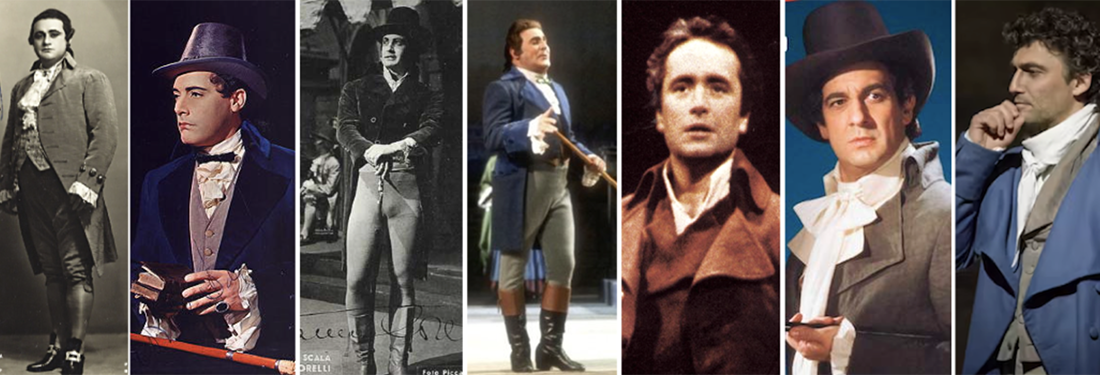
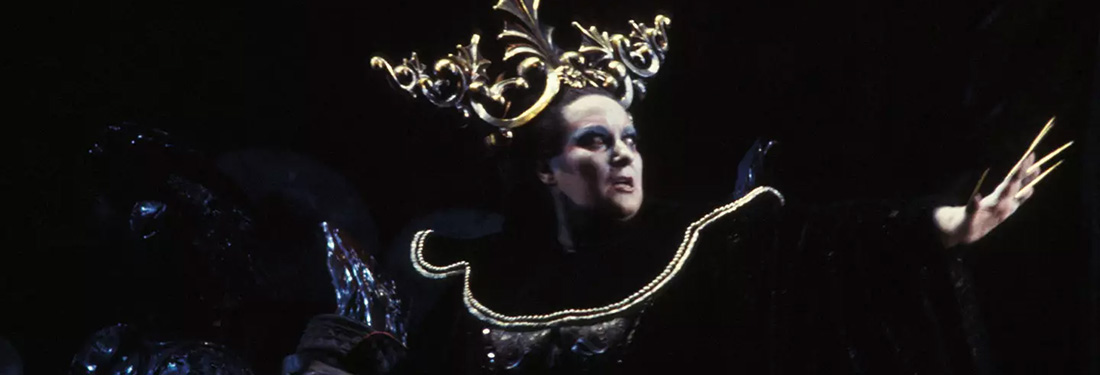
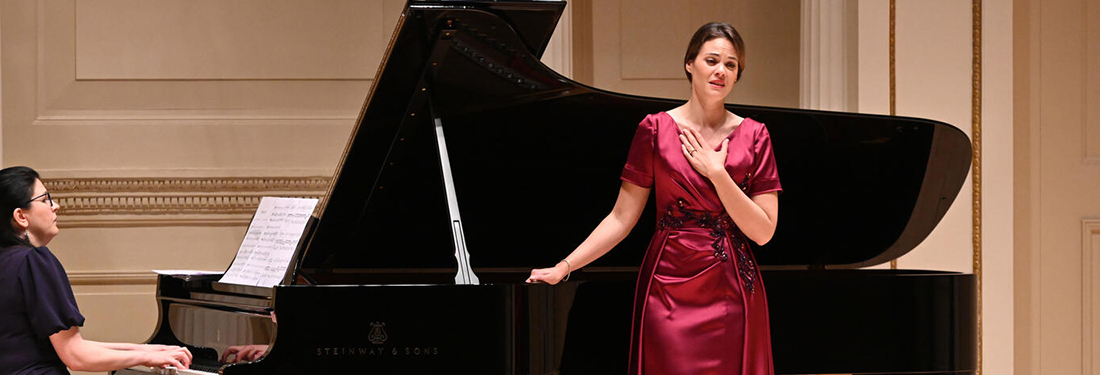

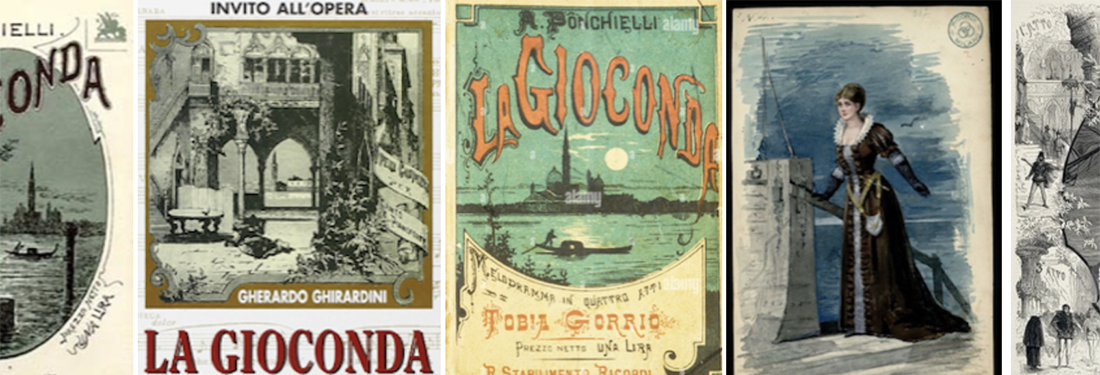
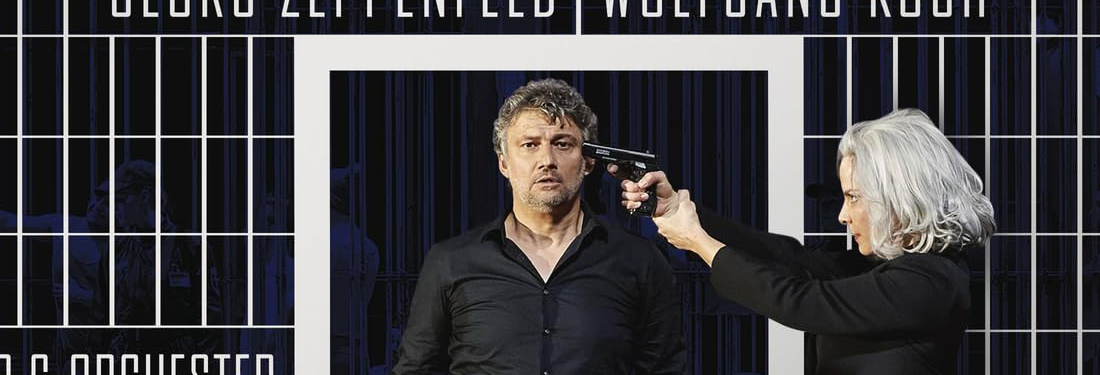
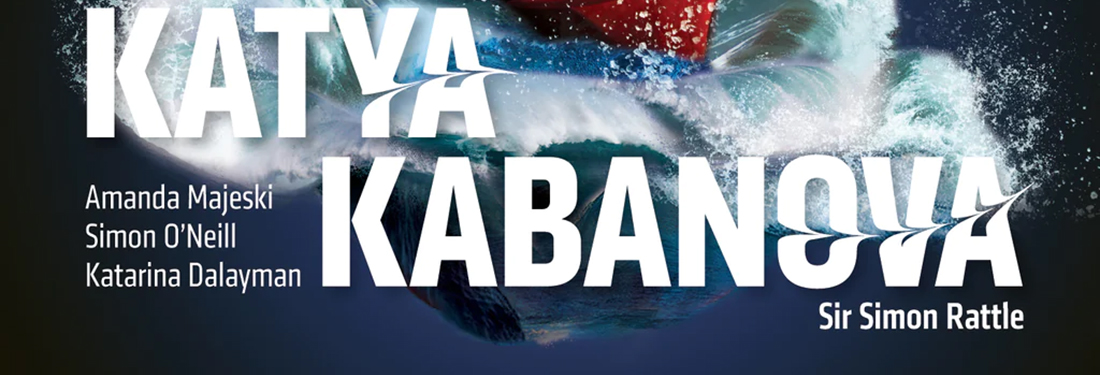
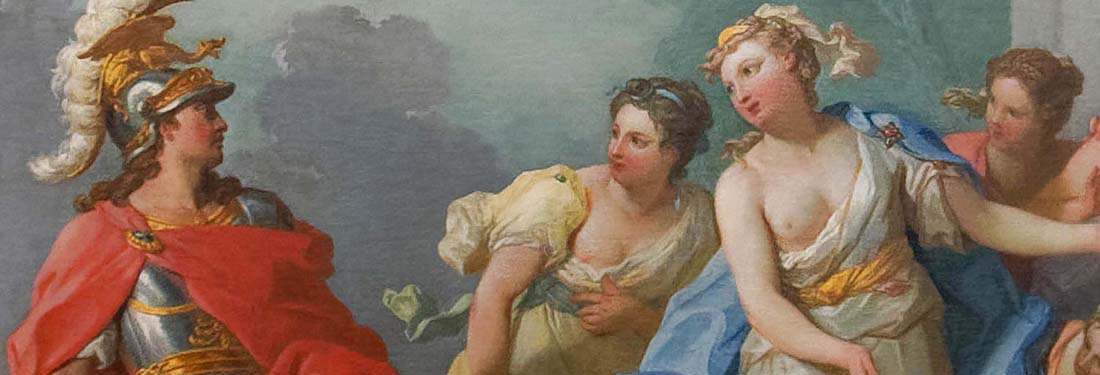
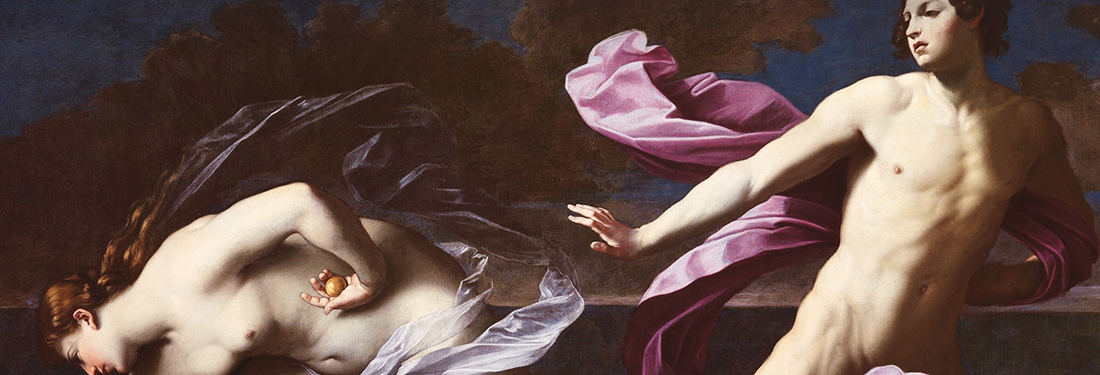
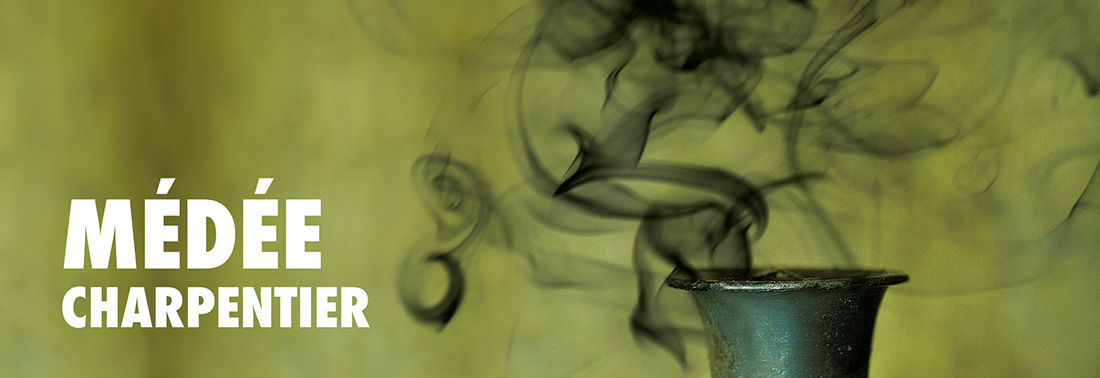
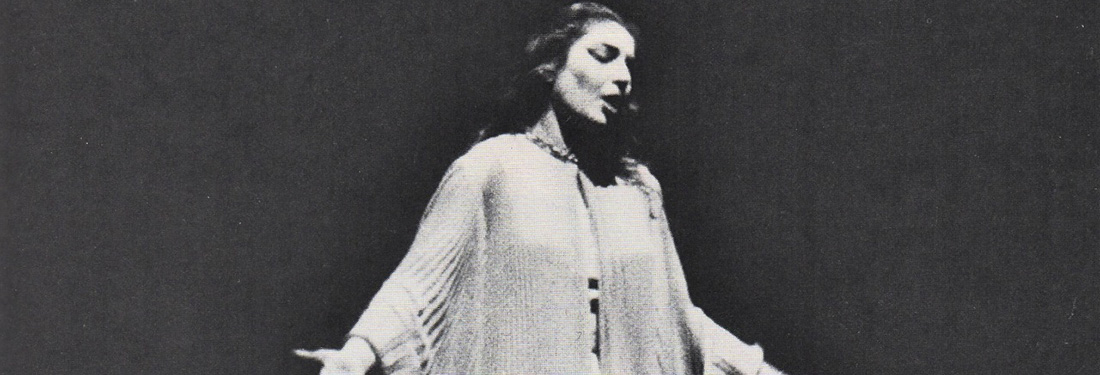
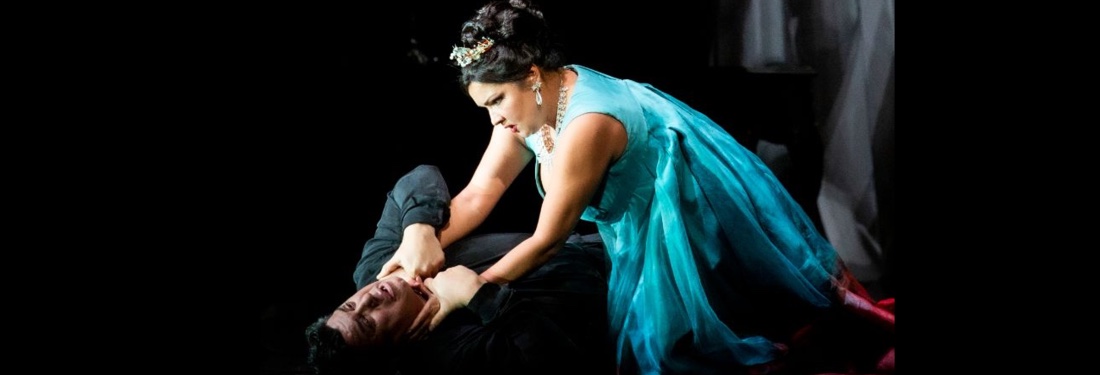

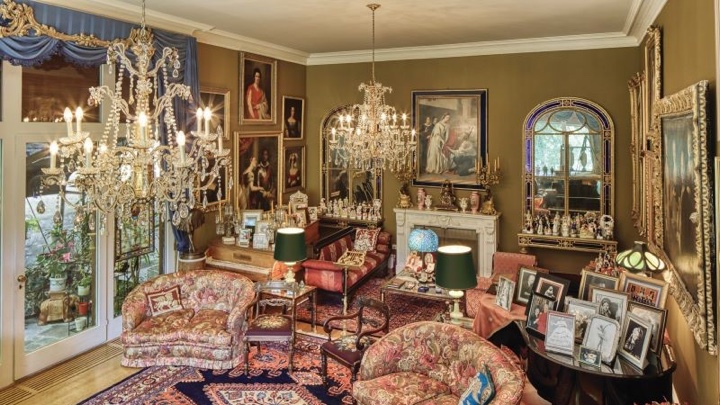
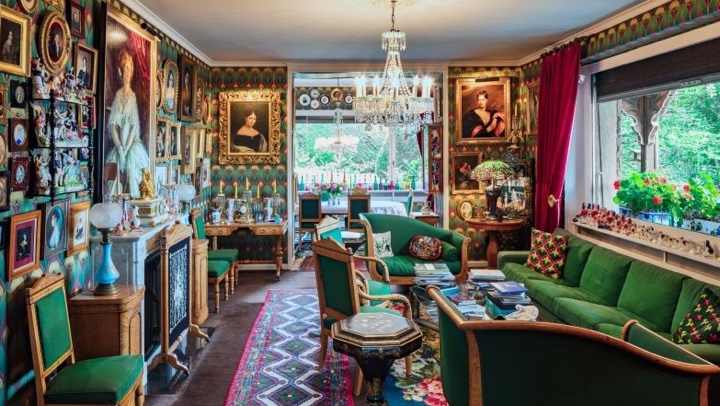
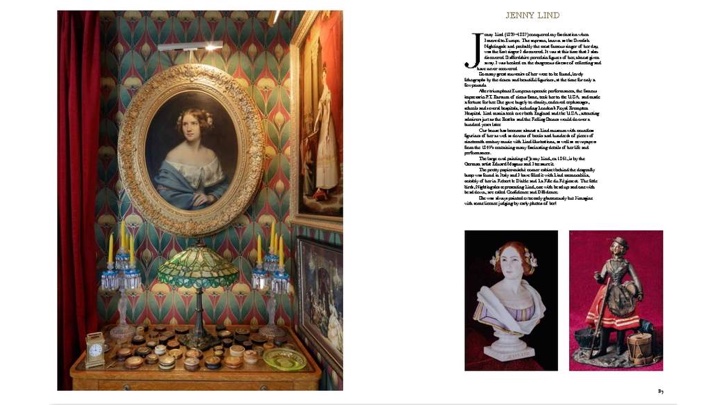






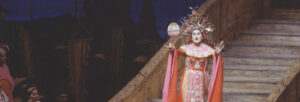
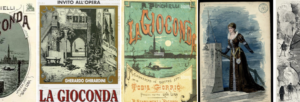



Comments